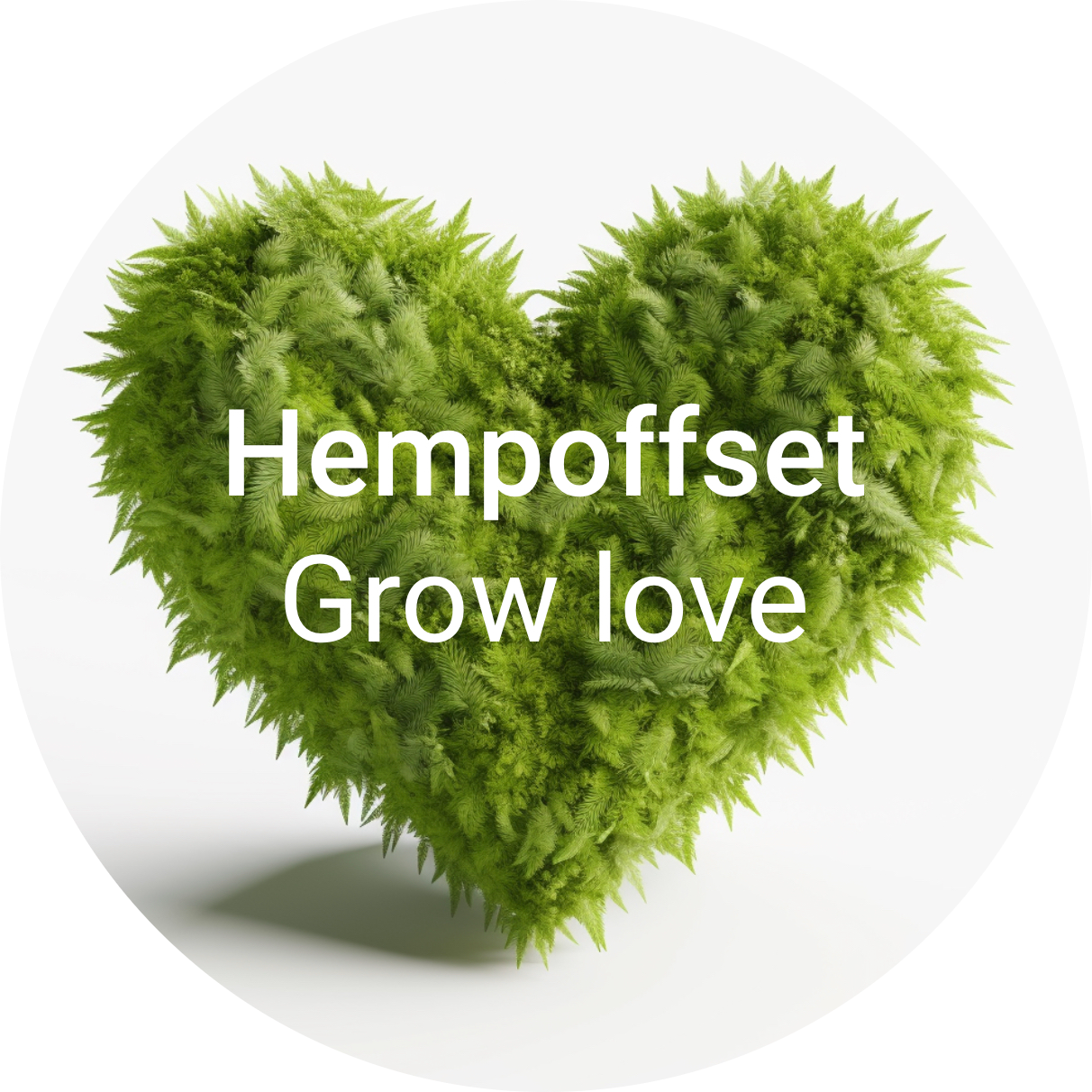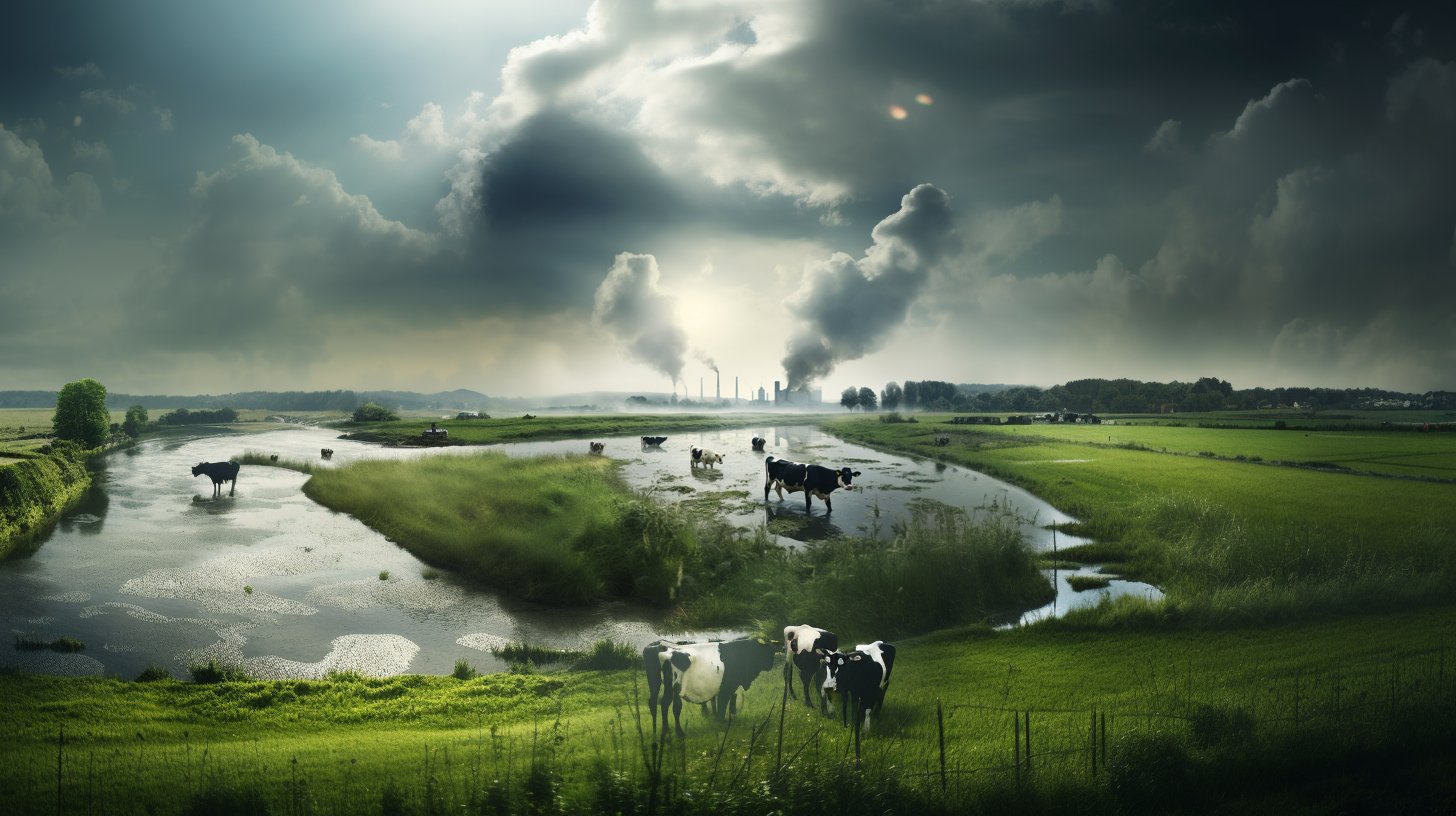Dairy Emissions Can Interrupt Your Enjoyment of Chocolate
As consumers become increasingly conscious of the environmental impact of their food choices, the production of dairy milk, and associated emissions, has come under scrutiny. While grass-fed dairy milk is often perceived as a more sustainable alternative to conventional methods, it is important to examine its climate impacts, particularly in terms of carbon footprint and nitrate run-off. Here, we aim to comprehensively understand these issues and shed light on the environmental considerations surrounding grass-fed dairy milk production.
Carbon Footprint of Grass-Fed Dairy Milk
Grass-fed dairy milk production typically involves cows that graze on pastures rather than being fed with grain-based diets. This grazing system offers several environmental benefits, such as improved soil health and reduced reliance on fossil fuel-based feeds. However, it is essential to assess the carbon footprint of this production method.
The carbon footprint of grass-fed dairy milk is influenced by various factors, including enteric fermentation (methane emissions from cow digestion), manure management, and on-farm energy use. While grazing systems can lead to lower emissions from enteric fermentation compared to confined feeding operations, emissions associated with manure management and other farm activities may vary. Comprehensive life cycle assessments are necessary to accurately quantify the carbon footprint of grass-fed dairy milk and identify areas for improvement.
Nitrate Run-off and Water Pollution
One of the environmental concerns associated with dairy milk production, regardless of the feeding system, is the potential for nitrate run-off and water pollution. Nitrate, a byproduct of nitrogen-based fertilizers, can leach into water bodies, including rivers and streams, contributing to harmful algal blooms and compromising water quality.
In grass-fed systems, where manure is typically spread directly on pastures as fertiliser, the risk of nitrate run-off can be higher compared to conventional systems that often utilize controlled application methods. However, management practices, such as proper soil testing, targeted fertilizer application, and implementing buffer zones, can help mitigate these risks and reduce the potential for nitrate pollution.
Sustainable Practices and Mitigation Strategies
To address the climate impacts and environmental concerns associated with grass-fed dairy milk production, several sustainable practices and mitigation strategies can be implemented:
- Improved Grazing Management: Implementing rotational grazing systems that allow for optimal pasture utilisation, soil health improvement, and carbon sequestration can enhance the sustainability of grass-fed dairy milk production.
- Nutrient Management: Employing precision nutrient management techniques, including soil testing and tailored fertiliser application, can minimise the risk of nitrate run-off and water pollution.
- Renewable Energy Adoption: Transitioning to renewable energy sources for on-farm operations can reduce the carbon footprint associated with energy use.
- Collaboration and Research: Encouraging collaboration among farmers, researchers, and industry experts can facilitate knowledge sharing and the development of innovative solutions to improve the sustainability of grass-fed dairy milk production.
- Partnering with Hempoffset to Measure, Minimise and Manage Dairy Emissions: Hempoffset is an organisation dedicated to harnessing the carbon-sequestering properties of hemp plants to offset carbon emissions from various industries, including dairy farming. By partnering with Hempoffset, dairy farmers can designate a portion of their land for hemp cultivation, creating a unique carbon offsetting opportunity.

The Role of Hemp in Carbon Sequestration
Hemp is a remarkable plant known for its ability to absorb and sequester significant amounts of carbon dioxide during its growth cycle. By cultivating hemp on a portion of their land, dairy farmers can effectively capture and store carbon, offsetting a portion of their dairy herd’s carbon emissions.
Benefits of Partnering with Hempoffset:
- Carbon Offset: Partnering with Hempoffset provides dairy farmers with a tangible and effective solution to offset their carbon footprint. The carbon sequestered by hemp cultivation can help neutralise a portion of the emissions produced by the dairy herd, contributing to a more sustainable farming operation.
- Additional Revenue Stream: Hemp cultivation can offer dairy farmers an additional revenue stream. Hemp plants can be utilised for various purposes, including fibre for construction material and animal bedding, and seeds a nutritious feedstock for cows. Diversifying income sources can provide economic resilience and stability for dairy operations.
- Soil Health and Crop Rotation: Introducing hemp cultivation as part of a crop rotation strategy can enhance soil health. Hemp has deep roots that help break up compacted soil, improve water infiltration, and promote nutrient cycling. This can lead to improved overall soil quality and productivity for future crops.
- Environmental Stewardship: By partnering with Hempoffset, dairy farmers actively engage in environmental stewardship. This collaboration demonstrates a commitment to sustainable practices, promoting a positive image for the dairy industry and attracting environmentally conscious consumers.
Considerations for Successful Partnership
To establish a successful partnership with Hempoffset, dairy farmers should consider the following:
- Land Suitability: Assessing soil quality, drainage, and other factors is crucial to ensure the suitability of a portion of the land for hemp cultivation.
- Regulatory Compliance: Familiarise yourself with local regulations and licensing requirements for hemp cultivation to ensure compliance with all necessary guidelines.
- Expert Guidance: Seek guidance from agricultural experts and consultants who specialise in hemp cultivation. Their knowledge and experience can optimize hemp yields and overall sustainability.
- Long-Term Commitment: Understand that carbon offsetting through hemp cultivation is a long-term endeavour. Partnering with Hempoffset requires an ongoing dedication to maintaining and expanding hemp cultivation over time.
Guilt-free Chocolate Without Dairy Emissions
The partnership between dairy farmers and organizations like Hempoffset offers an innovative and promising pathway to offsetting carbon emissions associated with dairy herds. By dedicating a portion of their land to hemp cultivation, dairy farmers can actively contribute to carbon sequestration and sustainable farming practices. Through this collaboration, the dairy industry can play a vital role in combating climate change, fostering environmental stewardship, and promoting a greener future for all.
Learn More
Get in touch with us if you’d like help getting your dairy herd carbon neutral
RTE on Ireland’s dairy herd climate impact and emissions
Latest Posts
- Invest in Hemp’s Future: Tao Climate’s AI Space MRV
- 2025 is the Year of Hemp
- Hemp and the City: Our Big Hemp Pitch at the San Francisco XPRIZE Carbon Removal Capital Summit
- Hempoffset / Tao Climate Expands into USA, Joins Hemp Incubator Company Technology Accelerator
- We’re in the XPRIZE Top 100 in the World
Founder and CEO at Hempoffset.com and TaoClimate.com.
Hempoffset works with hemp growers and makers worldwide, to capture and sequester CO2 at scale, while building a sustainable world.
Tao Climate works with companies and individuals that want to measure, minimise and manage their carbon footprints. Tao Climate is the way to carbon neutral.
We are proud members of the Google Startups for Sustainable Development program.

